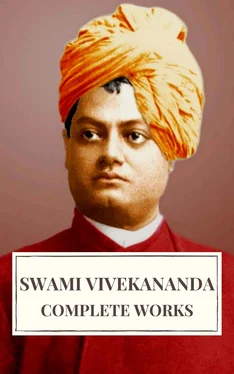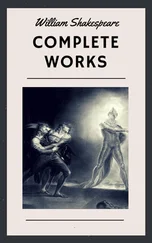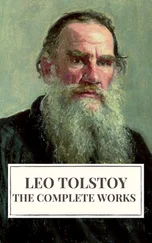After this covering has been removed, we are able to concentrate the mind.

54. The drawing in of the organs is by their giving up their own objects and taking the form of the mind-stuff, as it were.
The organs are separate states of the mind-stuff. I see a book; the form is not in the book, it is in the mind. Something is outside which calls that form up. The real form is in the Chitta. The organs identify themselves with, and take the forms of, whatever comes to them. If you can restrain the mind-stuff from taking these forms, the mind will remain calm. This is called Pratyahara.

55. Thence arises supreme control of the organs.
When the Yogi has succeeded in preventing the organs from taking the forms of external objects, and in making them remain one with the mind-stuff, then comes perfect control of the organs. When the organs are perfectly under control, every muscle and nerve will be under control, because the organs are the centres of all the sensations, and of all actions. These organs are divided into organs of work and organs of sensation. When the organs are controlled, the Yogi can control all feeling and doing; the whole of the body comes under his control. Then alone one begins to feel joy in being born; then one can truthfully say, “Blessed am I that I was born.” When that control of the organs is obtained, we feel how wonderful this body really is.
We have now come to the chapter in which the Yoga powers are described.

1. Dhâranâ is holding the mind on to some particular object.
Dharana (concentration) is when the mind holds on to some object, either in the body, or outside the body, and keeps itself in that state.

2. An unbroken flow of knowledge in that object is Dhyâna.
The mind tries to think of one object, to hold itself to one particular spot, as the top of the head, the heart, etc., and if the mind succeeds in receiving the sensations only through that part of the body, and through no other part, that would be Dharana, and when the mind succeeds in keeping itself in that state for some time, it is called Dhyana (mediation).

3. When that, giving up all forms, reflects only the meaning, it is Samâdhi.
That comes when in meditation the form or the external part is given up. Suppose I were meditating on a book, and that I have gradually succeeded in concentrating the mind on it, and perceiving only the internal sensations, the meaning, unexpressed in any form — that state of Dhyana is called Samadhi.

4. (These) three (when practiced) in regard to one object is Samyama.
When a man can direct his mind to any particular object and fix it there, and then keep it there for a long time, separating the object from the internal part, this is Samyama; or Dharana, Dhyana, and Samadhi, one following the other, and making one. The form of the thing has vanished, and only its meaning remains in the mind.

5. By the conquest of that comes light of knowledge.
When one has succeeded in making this Samyama, all powers come under his control. This is the great instrument of the Yogi. The objects of knowledge are infinite, and they are divided into the gross, grosser, grossest and the fine, finer, finest and so on. This Samyama should be first applied to gross things, and when you begin to get knowledge of this gross, slowly, by stages, it should be brought to finer things.

6. That should be employed in stages.
This is a note of warning not to attempt to go too fast.

7. These three are more internal than those that precede.
Before these we had the Pratyâhâra, the Prânâyâma, the Âsana, the Yama and Niyama; they are external parts of the three — Dharana, Dhyana and Samadhi. When a man has attained to them, he may attain to omniscience and omnipotence, but that would not be salvation. These three would; not make the mind Nirvikalpa, changeless, but would leave the seeds for getting bodies again. Only when the seeds are, as the Yogi says, “fried”, do they lose the possibility of producing further plants. These powers cannot fry the seed.

8. But even they are external to the seedless (Samadhi).
Compared with that seedless Samadhi, therefore, even these are external. We have not yet reached the real Samadhi, the highest, but a lower stage, in which this universe still exists as we see it, and in which are all these powers.

9. By the suppression of the disturbed impressions of the mind, and by the rise of impressions of control, the mind, which persists in that moment of control, is said to attain the controlling modifications.
That is to say, in this first state of Samadhi the modifications of the mind have been controlled, but not perfectly, because if they were, there would be no modifications. If there is a modification which impels the mind to rush out through the senses, and the Yogi tries to control it, that very control itself will be a modification. One wave will be checked by another wave, so it will not be real Samadhi in which all the waves subside, as control itself will be a wave. Yet this lower Samadhi is very much nearer to the higher Samadhi than when the mind comes bubbling out.

10. Its flow becomes steady by habit.
The flow of this continuous control of the mind becomes steady when practiced day after day, and the mind obtains the faculty of constant concentration.

11. Taking in all sorts of objects, and concentrating upon one object, these two powers being destroyed and manifested respectively, the Chitta gets the modification called Samadhi.
Читать дальше

























